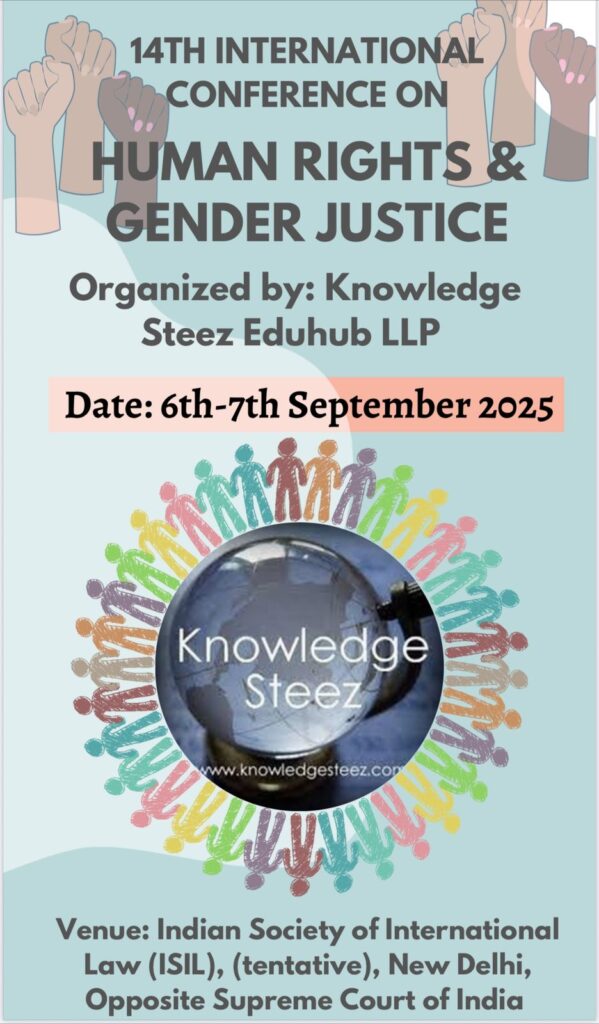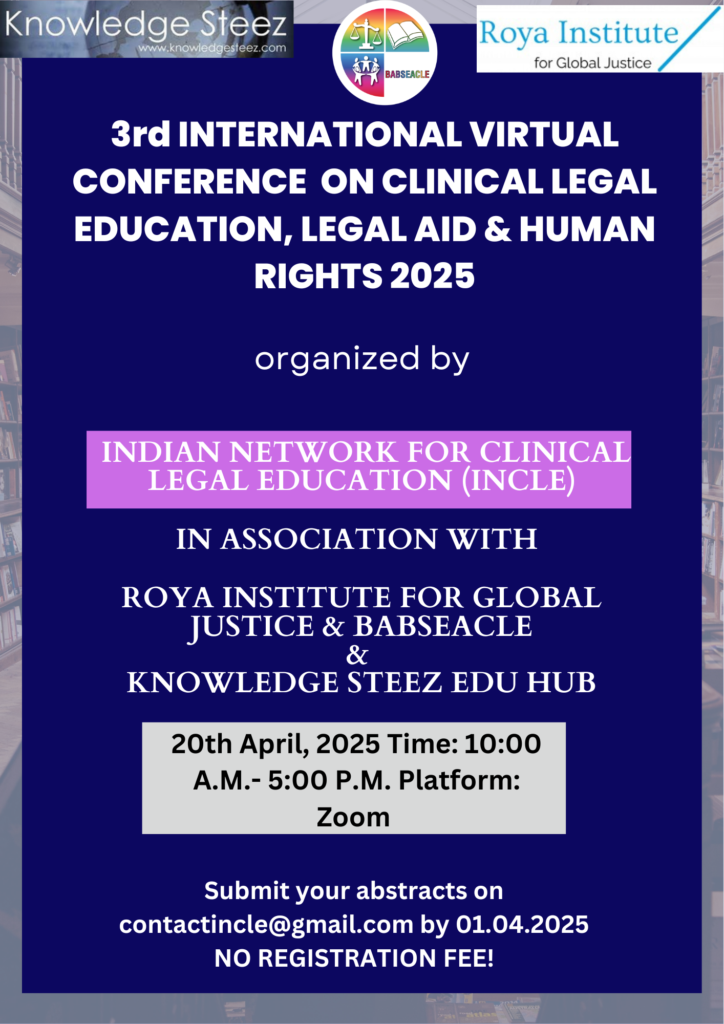Call for Papers: Migration and Human Rights in the Age of the Global Compacts, Abstract submission deadline 31 May 2025
Abstract submission deadline: 31 May 2025
Manuscript submission deadline: 31 July 2025
World-wide migration levels have continued to soar over the last few decades to over 281 million people on the move or about 3.6 percent of the global population. Likewise, the number of the world’s forcibly displaced reached unprecedented levels that are anticipated to exceed 117 million people. There are many causes for the seemingly ever increasing numbers of persons who are forcibly displaced in the world today including: war or protracted armed conflict; severe human rights violations that amount to persecution; climate change; natural disasters; and developmental displacement. Migration can be forced, or it can be voluntary. Those who migrate to obtain an education, to improve their job prospects and/or their life prospects, to reunite with their family and friends, or simply to broaden their horizons and/or to seek adventure, or simply to visit other countries as a tourist are voluntary migrants. Whether voluntary or involuntary, the number of people in the world who are on the move has been steadily on the rise. Migration can also be regular, or it can be irregular. Regular migrants are those who are documented and authorized to travel to another country and to gain entry and remain in their host country. Irregular migrants are undocumented and typically do not have the right to enter and remain in their host country. If detected by the State authorities, they can be removed from their host country. One of the core human rights is the freedom of movement or mobility rights as outlined in the Universal Declaration of Human Rights at Article 13, that states: 1. Everyone has the right to freedom of movement and residence within the borders of each State. 2. Everyone has the right to leave any country, including his own, and to return to his country. Many other international and national human rights instruments include the freedom of movement as a core human right. For instance, see the International Covenant on Civil and Political Rights (ICCPR) at Article 12, the Convention on the Rights of the Child (CRC), Article 10, the European Convention on Human Rights, Protocol 4, Article 2, and the Canadian Charter of Rights and Freedoms, Section 6, Mobility Rights.
For more details, refer here









